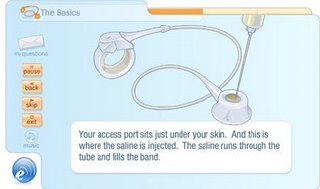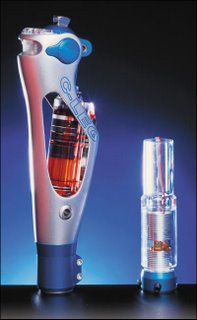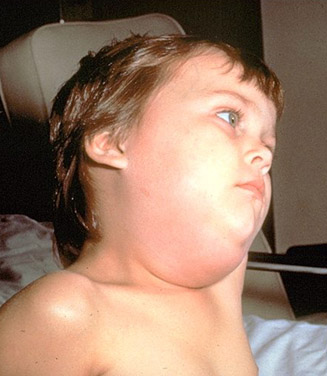From the Kansas City Star:
Amid rising health-care costs and growing legions of uninsured, Kansans and Missourians are looking to Massachusetts.
The Bay State’s Legislature on Tuesday passed a groundbreaking bill to provide nearly universal health-care coverage. The bill, which Republican Gov. Mitt Romney says he will sign, requires all Massachusetts residents to obtain health insurance.
People who can afford private insurance will incur financial penalties if they do not buy coverage. Government subsidies to private insurers will enable more of the working poor to buy insurance and will make more children eligible for free coverage. Businesses with more than 10 employees that don’t provide coverage will get hit with fees of up to $295 per employee per year.
The program will cost more than $1 billion a year, though much of that money will come from shifting existing funds. Massachusetts will provide $125 million in new money, mostly to help pay for health insurance for lower-income residents. The rest could come from existing programs and the penalties paid by businesses and individuals who don’t follow the law’s mandates.
The bill, the first of its kind in the nation, is poised to take effect as America grapples with the problems of 45 million uninsured individuals. Health experts say that the lack of health insurance frequently leads to illness and premature death, and that the health-care costs of the uninsured get shifted to those who have insurance.
As a physician, and an individual who had no employer provided health insurance for several years, I am divided on this issue. While I don't think that "bigger government" is ever the solution, clearly the current system is broken, and needs improvement.
As a nation, we probably can't afford a true universal health care system. However, we have the money as a society for indigent care, often provided in our Emergency Departments. Just the other night, the ED physician was complaining to me at 2 AM as to why he was seeing a child with an ear infection. That child would clearly be better served in a pediatrician's office during the daylight hours. After all, that one visit to the ED probably could pay for a years worth of visits to the ED.
I give credit to Massachsetts for grappling with the problem, and trying to urge all to get health insurance. They are continuing with an employer based model, that has served the needs of many, but clearly not all.
However, if an employer chooses not to provide insurance, they pay a $295 fine...annually per employee. In the current marketplace, one month's insurance will cost more than that, so this is not much of a fine at all. There is also talk of eliminating the fine altogether.
Also, if an individual chooses not to get health insurance, they pay extra state taxes. Isn't this going to place an unfair burden on the already cash strapped poorest of the state?
In my opinion, this is too radical a step for the nation's uninsured. Some might see it as a way for a state to collect more taxes under the guise of providing universal healthcare. I would like to see as a first step, a way that families, that are not otherwise eligible, be able to "buy in" to Medicare. Also, employers that have someone working for them need to provide insurance for them, and not redefine them as per diem, or consultants for the sake of not providing benefits.
If Massachsetts real goal was to bring the issue of affordable health care for the uninsured to the national table for debate, they clearly have succeeded. In the meantime, we'll all have to see how this plays out, and it's not clear how many folks will be helped. Don't think for a minute that now everyone in the state will be automatically covered.
Medicine TagHealth Tag

Save This Page























